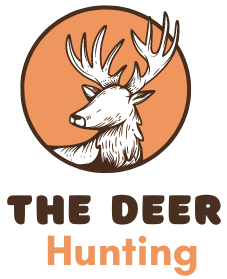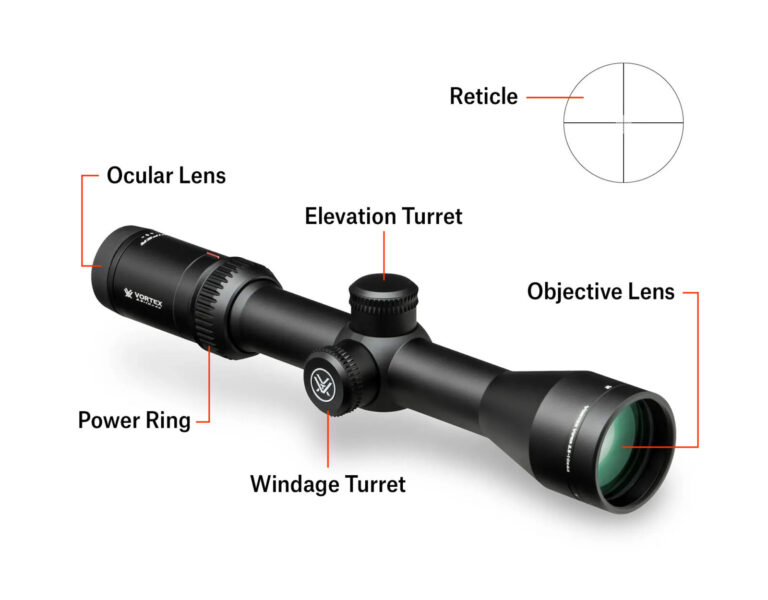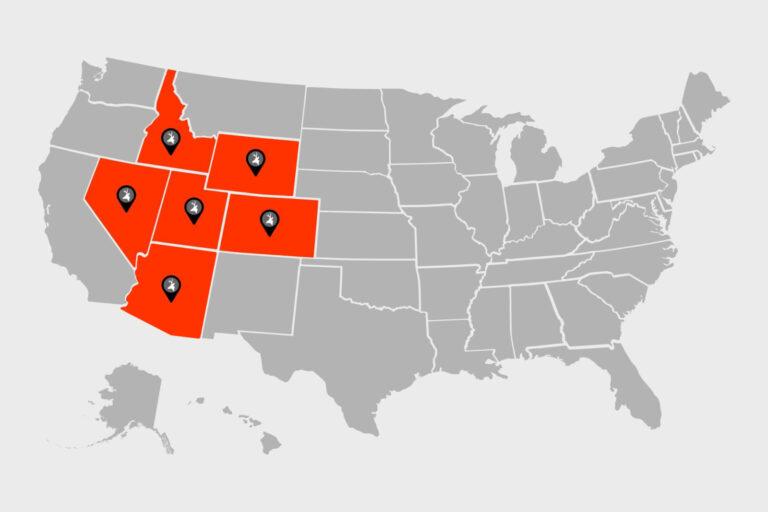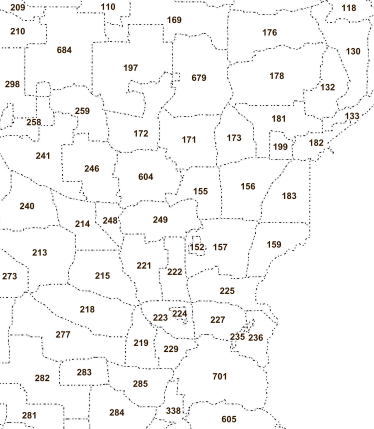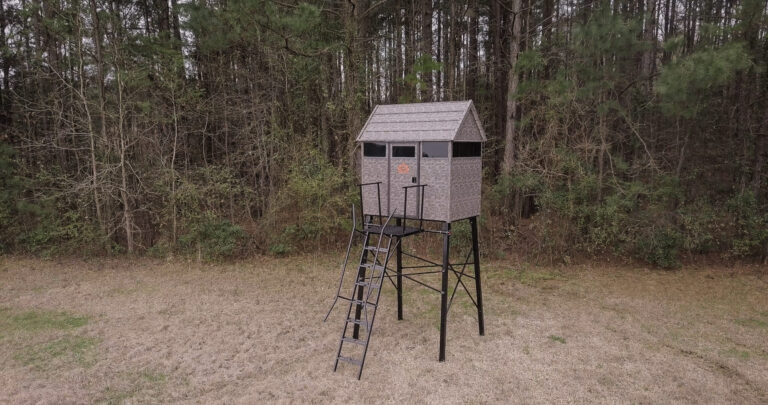How Do You Tell the Age of a Whitetail Deer: Expert Tips Revealed
To tell the age of a whitetail deer, look at specific features. These features include teeth wear and antler size.
Understanding a deer’s age is important for hunters and wildlife enthusiasts. It helps in managing deer populations and making informed decisions. This guide will help you identify the age of a whitetail deer easily. By learning these techniques, you can better appreciate these magnificent animals.
Read on to discover simple methods for aging a whitetail deer.

Credit: www.youtube.com
Introduction To Whitetail Deer Aging
Whitetail deer are fascinating creatures. Knowing their age can be important for many reasons. It helps hunters, wildlife enthusiasts, and biologists. Aging deer can provide insights into their health and population trends.
Why Deer Aging Matters
Understanding the age of a whitetail deer is crucial. It helps in managing deer populations effectively. Older deer may require different conservation strategies than younger ones. Aging deer also helps in studying their behavior and reproductive patterns.
Common Myths About Deer Age
There are many myths about how to tell a deer’s age. One common myth is that you can determine age by the size of antlers. This is not true. Antler size can vary due to nutrition and genetics. Another myth is that older deer always have more teeth. In reality, tooth wear and replacement patterns are more accurate indicators.
| Myth | Reality |
|---|---|
| Antler size indicates age | Antler size depends on nutrition and genetics |
| Older deer have more teeth | Tooth wear and replacement are better age indicators |

Credit: www.youtube.com
Physical Characteristics
Understanding the physical characteristics of a whitetail deer can help you determine its age. Observing specific traits can give you clues. Let’s dive into the details.
Body Size And Proportions
Body size and proportions change as a deer ages. Fawns are small with slender legs and a compact body. They often have a short neck and a flat back.
Yearlings grow taller, but their bodies remain lean. They may still have a narrow chest and waist. As deer mature, their bodies become more muscular. Adult deer have a deep chest and a rounded back.
Older bucks appear more robust. They have a sagging belly and a thick neck. Their legs look shorter due to their heavier bodies.
Antler Development
Antler development is another clue to a deer’s age. Fawns and yearlings have small, simple antlers. These are often just single spikes.
By the time a deer reaches two years old, its antlers become more complex. They start developing points, or tines. Each year, the antlers grow larger and more branched.
Older bucks have impressive antlers. They may have multiple points and a wide spread. An eight-point buck is usually at least three years old. A ten-point buck is often four years or older.
Remember, antler size can vary based on nutrition and genetics. But generally, older bucks have bigger and more complex antlers.
| Age | Body Size | Antler Development |
|---|---|---|
| Fawn | Small, slender legs, compact body | Small spikes |
| Yearling | Taller, lean body, narrow chest | Single spikes or small tines |
| Adult (2-3 years) | Muscular, deep chest, rounded back | More complex antlers with points |
| Older Buck (4+ years) | Robust, sagging belly, thick neck | Large, branched antlers |
Teeth Examination
Understanding the age of a whitetail deer can be fascinating. One reliable method is through teeth examination. This technique involves looking at the deer’s teeth to determine its age. The process is simple but requires some attention to detail. Below, we will explore two main aspects: tooth eruption patterns and tooth wear and replacement.
Tooth Eruption Patterns
Tooth eruption patterns can help identify a deer’s age. Young deer have deciduous (baby) teeth that they gradually lose. The permanent teeth replace these baby teeth over time.
- Fawns (0-1 year): They have a set of milk teeth, including three premolars.
- Yearlings (1-2 years): The first permanent molar erupts at around 6 months. By 18 months, the second and third molars appear.
- 2-3 years: The third premolar is replaced by a permanent tooth.
Tooth Wear And Replacement
As deer age, their teeth show signs of wear and replacement. This wear can help you estimate the deer’s age.
- 2-3 years: The first and second molars start showing wear.
- 4-5 years: The premolars and molars have visible wear. The enamel begins to thin.
- 6 years and older: The teeth are significantly worn down. The crowns of the molars may be flattened.
Below is a table summarizing tooth wear and replacement over time:
| Age | Tooth Condition |
|---|---|
| 0-1 year | Milk teeth, three premolars |
| 1-2 years | First molar erupts at 6 months, all molars appear by 18 months |
| 2-3 years | Third premolar replaced by permanent tooth |
| 4-5 years | Visible wear on premolars and molars |
| 6 years and older | Teeth significantly worn, crowns flattened |
By examining these patterns, you can make an informed guess about the deer’s age. This method is effective and widely used by hunters and wildlife biologists.
Jawbone Analysis
Jawbone analysis is a reliable method to determine the age of a whitetail deer. This process involves collecting and examining the deer’s jawbone. By assessing specific characteristics of the teeth, experts can estimate the age of the deer accurately.
Collecting The Jawbone
To start the analysis, you need to collect the jawbone. Follow these steps:
- First, carefully remove the jawbone from the deer. Use a sharp knife for precision.
- Next, clean the jawbone thoroughly. Remove any flesh and connective tissue.
- Ensure the jawbone is dry before proceeding with the analysis. This helps in better visibility of the teeth.
Reading The Jawbone
Reading the jawbone involves examining the teeth. Here’s how to read the jawbone:
- Tooth Eruption: Check which teeth have erupted. Younger deer have fewer erupted teeth.
- Tooth Wear: Observe the wear on the teeth. Older deer have more worn teeth.
- Molars: Focus on the molars. The wear pattern on the molars is crucial in age estimation.
| Age (Years) | Teeth Characteristics |
|---|---|
| 1.5 | First set of molars fully erupted |
| 2.5 | Second set of molars fully erupted |
| 3.5 | Third set of molars fully erupted with minimal wear |
| 4.5+ | Molars show significant wear |
By following these steps, you can accurately determine the age of a whitetail deer using jawbone analysis.
Field Observations
Field observations can help determine a whitetail deer’s age. Observing deer behavior and physical changes throughout the year provides valuable clues. These observations can be crucial for hunters, wildlife enthusiasts, and researchers.
Behavioral Clues
Young deer are often more playful. They move in groups and exhibit curiosity. Older deer show more caution. They are less likely to be seen during the day. Mature bucks often patrol their territory alone. They react quickly to sounds and scents.
Seasonal Changes
In spring, deer shed their winter coats. New coats grow in and appear reddish-brown. By summer, young bucks start growing antlers. These antlers are covered in velvet. Older bucks have larger, more developed antlers.
During fall, bucks begin to shed their velvet. Antlers harden and become polished. In winter, deer grow thick, gray coats. Older deer may look more rugged due to age and experience.

Credit: deerlab.com
Photographic Techniques
Photographic techniques offer a non-invasive way to determine the age of whitetail deer. These methods are particularly useful for hunters, wildlife researchers, and nature enthusiasts. By capturing images of deer in their natural habitat, you can analyze physical characteristics that indicate their age.
Using Trail Cameras
Trail cameras are essential tools for capturing images of whitetail deer. They can be placed strategically around feeding areas, trails, and watering holes. Set the cameras at a height that aligns with the average height of deer. This ensures you get clear and detailed images. Modern trail cameras come with motion sensors, which trigger the camera to take a photo or video when an animal is detected. This feature helps in obtaining images without human interference.
Analyzing Photos
Once you have captured images of whitetail deer, the next step is analyzing these photos. Focus on specific physical traits that change as the deer ages. Here is a simple guide:
- Antler Size: Younger bucks have smaller, less developed antlers. Mature bucks (3.5 years and older) have larger, more complex antlers.
- Body Shape: Young deer have slender bodies and long legs. Mature deer have a more robust body and a thicker neck.
- Facial Features: Look for a broader forehead and a more pronounced nose. These features are more evident in older deer.
By focusing on these characteristics, you can make an educated guess about the deer’s age. Consistent monitoring over time can provide more accurate data. Compare images from different seasons to observe growth patterns.
Expert Tools And Resources
Knowing the age of a whitetail deer helps hunters and researchers. Various expert tools and resources make this task easier and more accurate. These tools help in identifying the age of the deer by providing detailed information and technological support.
Aging Charts And Guides
Aging charts and guides are essential tools for determining a deer’s age. These charts provide visual aids that help in comparing physical features of deer across different ages. For example, teeth wear and replacement patterns are common indicators. Comparing a deer’s teeth to the images in the chart can give a good estimate of its age. Additionally, body size and antler development are other factors included in these guides.
Technological Advancements
Technological advancements have brought new tools for aging whitetail deer. Trail cameras, for instance, capture clear images of deer in their natural habitat. These images can then be analyzed to estimate the deer’s age. Software programs also assist in this analysis by comparing the captured images with a database of known ages.
Another advancement is the use of DNA testing. DNA samples from the deer can provide accurate age data. Though this method is more scientific, it offers precise results. Apps for smartphones and tablets have also become popular. These apps often include databases and image recognition software. They make it easy to estimate a deer’s age on the go.
Practical Tips From Experts
Knowing the age of a whitetail deer helps hunters and wildlife enthusiasts. Experts share practical tips for aging deer in the field. Their insights help reduce errors and improve accuracy.
Field Experience Insights
Experts recommend observing the deer’s body and antlers. Younger deer often have slimmer necks and smaller bodies. Older deer tend to have bulkier necks and more muscular bodies. Antler size and structure also provide clues.
For example, yearling bucks usually have simple, straight antlers. Mature bucks have larger, more complex antlers with multiple points. Field experience helps in identifying these subtle differences.
Common Mistakes To Avoid
Some common mistakes can lead to inaccurate aging. Avoid relying solely on antler size. Factors like genetics and nutrition affect antler growth. Another mistake is not considering the time of year. Deer appearance changes with the seasons.
Also, do not ignore the deer’s teeth. Examining teeth wear and replacement patterns offers reliable age indicators. Experts suggest using multiple methods for better accuracy.
Frequently Asked Questions
How Can You Estimate A Deer’s Age?
You can estimate a deer’s age by examining its teeth wear and replacement patterns. Antler characteristics can also provide clues.
What Are Key Indicators Of A Deer’s Age?
Key indicators include tooth wear, tooth replacement, antler size, and body characteristics such as muscle tone and overall size.
Do Antlers Reveal A Deer’s Age?
Yes, antlers can reveal a deer’s age. Older bucks generally have larger, more complex antlers, but this can vary.
How Do Teeth Help In Aging A Deer?
Teeth help in aging a deer by examining wear and replacement patterns. Younger deer have sharper, less worn teeth.
Conclusion
Determining a whitetail deer’s age is crucial for hunters and wildlife enthusiasts. Teeth examination is a reliable method. Antler size and body characteristics also give clues. These methods help manage deer populations effectively. Remember, practice and experience improve your skills.
Keep observing, learning, and enjoying the process. Understanding deer age makes your outdoor adventures more rewarding. Happy tracking!
